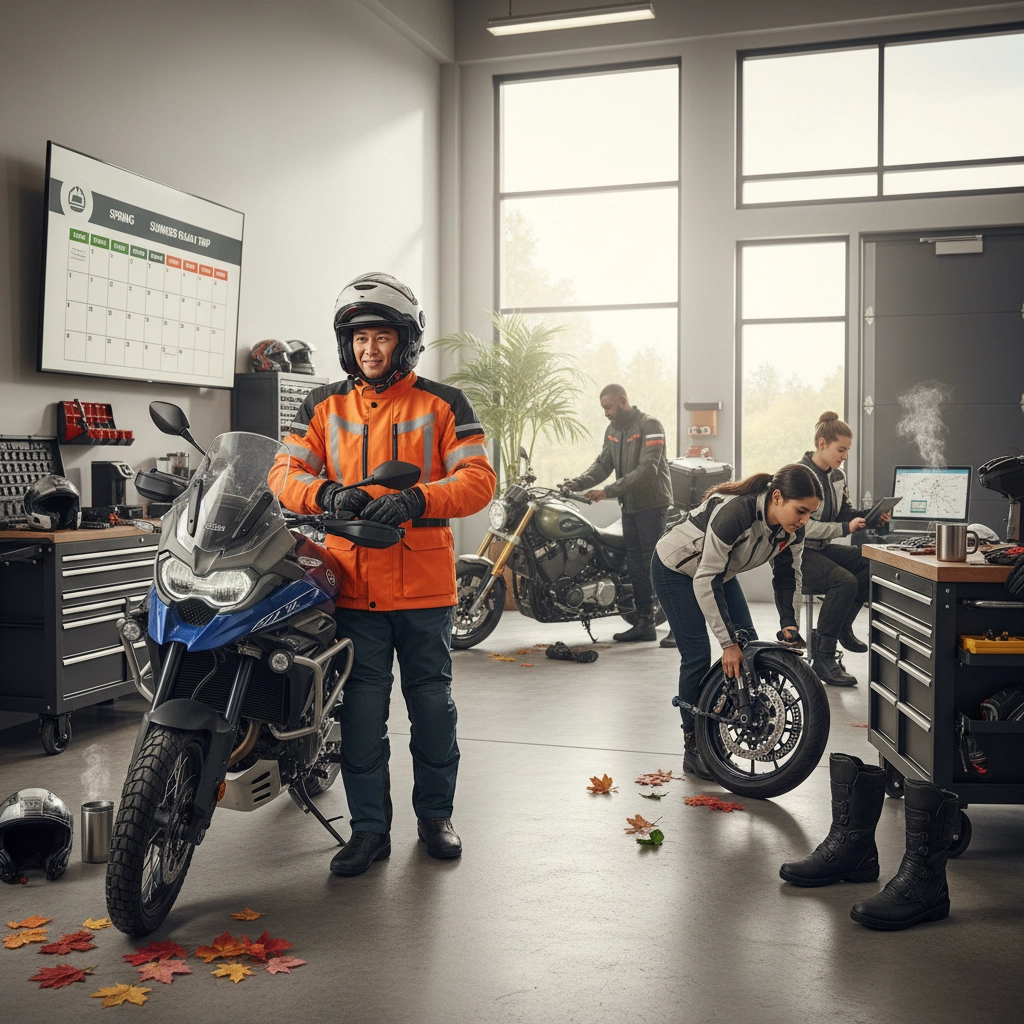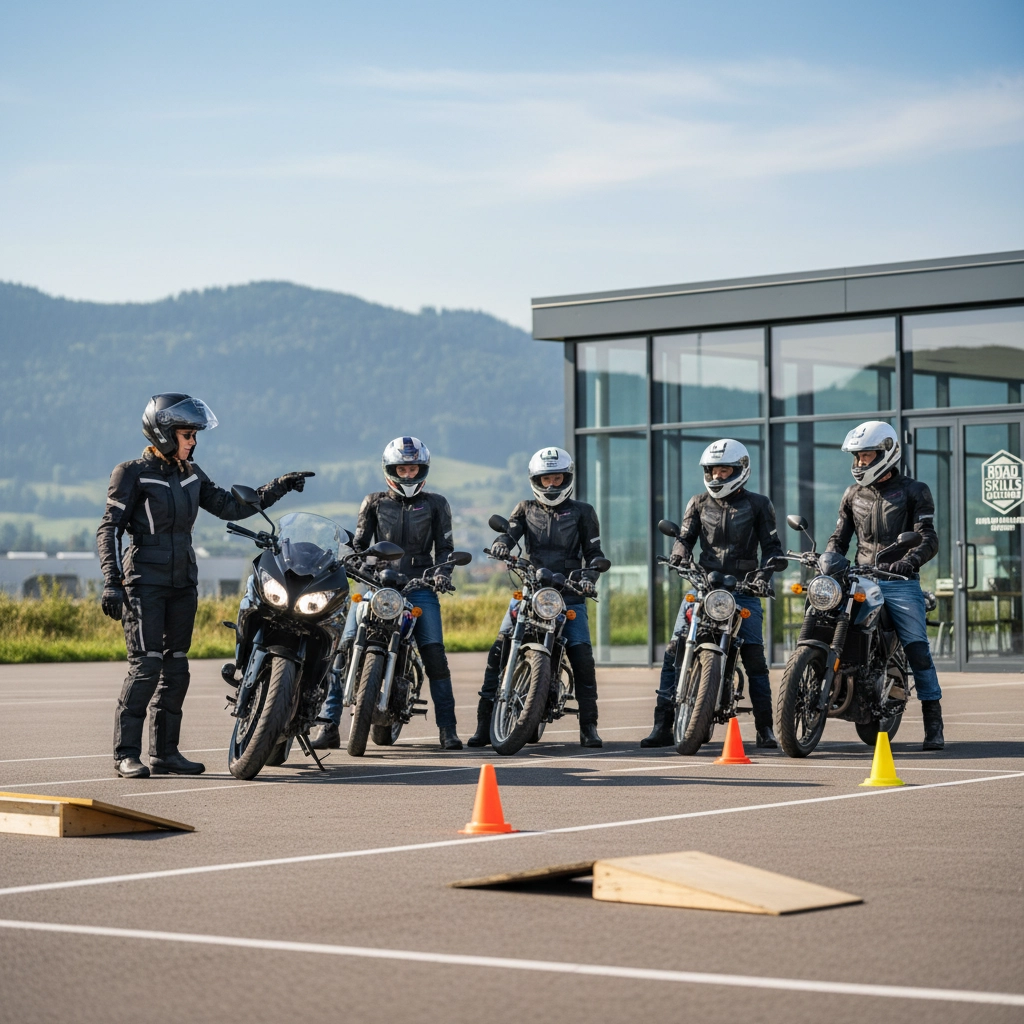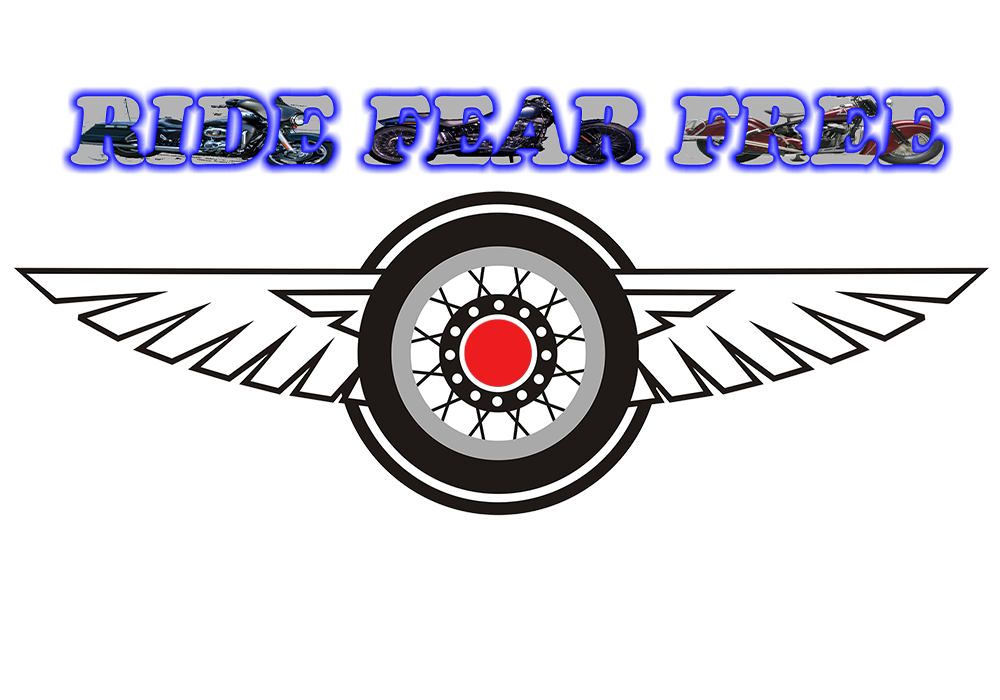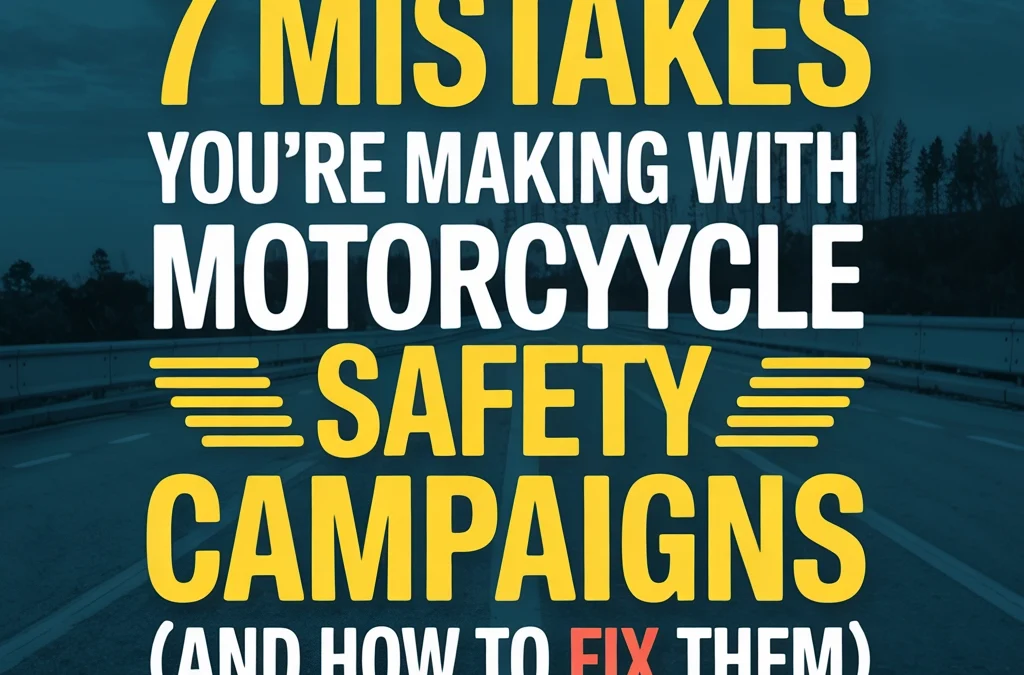Quick Answer: The seven biggest motorcycle safety campaign mistakes include using fear-only messaging, ignoring audience segmentation, poor timing, limited distribution channels, lack of measurable goals, generic one-size-fits-all approaches, and failing to partner with the riding community. Fix these by balancing education with positive reinforcement, targeting specific rider groups, timing campaigns strategically, using multiple touchpoints, setting clear metrics, personalizing messages, and collaborating with riders themselves.
Are your motorcycle safety campaigns falling flat? You're not alone. Most organizations pour thousands of dollars into safety initiatives that barely move the needle on rider behavior. The problem isn't lack of good intentions – it's making preventable mistakes that sabotage even the best-funded campaigns.
After analyzing hundreds of motorcycle safety campaigns across different markets, we've identified seven critical errors that keep organizations from achieving real impact. More importantly, we'll show you exactly how to fix each one.
Mistake #1: Relying Solely on Fear-Based Messaging
The Problem: Most safety campaigns default to shock tactics – graphic crash footage, grim statistics, and worst-case scenarios. While these grab attention, they often backfire by making riders feel judged or creating psychological distance ("that won't happen to me").
The Fix: Balance fear appeals with positive reinforcement and practical solutions. Show riders what good safety looks like, not just the consequences of poor decisions. Highlight success stories, showcase protective gear in action, and emphasize the confidence and freedom that comes with proper safety practices.
For example, instead of "Don't become a statistic," try "Join the 90% of riders who make it home safely every day." This approach acknowledges risks while empowering riders to take control.

Mistake #2: Using a One-Size-Fits-All Approach
The Problem: Treating all motorcyclists the same ignores massive differences within the riding community. A 22-year-old sport bike rider and a 55-year-old touring enthusiast have completely different safety needs, risk profiles, and communication preferences.
The Fix: Segment your audience and create targeted messaging for each group. Consider factors like:
- Experience level (new vs. veteran riders)
- Bike type (sport, cruiser, touring, adventure)
- Age demographics
- Riding frequency and purpose
Develop separate campaign tracks for different segments. New riders need basic gear education and training information. Experienced riders might respond better to advanced safety techniques or new technology updates.
Mistake #3: Poor Timing and Seasonality Planning
The Problem: Many campaigns run year-round with the same intensity, missing peak opportunities when riders are most engaged and receptive to safety messages.
The Fix: Align campaigns with riding patterns and decision-making cycles. Key timing opportunities include:
- Spring: Target new and returning riders preparing for the season
- Summer: Focus on high-traffic safety and group riding practices
- Fall: Emphasize visibility and weather-related safety
- Winter: Concentrate on gear maintenance and training enrollment
Also consider life events – new bike purchases, license renewals, and insurance renewals are prime moments when riders are already thinking about safety.

Mistake #4: Limited Distribution Channel Strategy
The Problem: Too many campaigns stick to traditional advertising channels or rely heavily on digital-only approaches. This misses crucial touchpoints where riders make safety decisions.
The Fix: Build a multi-channel approach that meets riders where they are:
- Dealerships: Partner with sales teams to integrate safety messaging into the buying process
- Training schools: Collaborate with MSF and other training providers
- Riding events: Sponsor rallies, bike nights, and charity rides
- Online communities: Engage in motorcycle forums and social media groups
- Service departments: Include safety tips in maintenance communications
The key is consistent messaging across all channels while adapting the format to each platform's strengths.
Mistake #5: Failing to Set Measurable Goals and Track Results
The Problem: Most campaigns measure awareness metrics (impressions, reach) rather than actual behavior change. Without clear success metrics, you can't optimize campaigns or prove ROI.
The Fix: Establish baseline data and track behavioral indicators, not just awareness. Relevant metrics might include:
- Training course enrollment rates
- Helmet usage statistics (via observational studies)
- Safety gear sales data (partner with retailers)
- Insurance claim frequency changes
- Website engagement with safety content
Set specific, time-bound goals like "increase MSF course enrollment by 15% in target demographics" rather than vague objectives like "raise safety awareness."

Mistake #6: Ignoring the Power of Community and Social Proof
The Problem: Campaigns often position safety as an external mandate from authorities rather than a community value embraced by riders themselves.
The Fix: Partner with influential riders and riding groups to deliver safety messages. Peer-to-peer education is incredibly powerful in motorcycle culture. Consider:
- Rider ambassadors: Recruit respected community members to share safety messages
- Group leader training: Educate ride organizers on group safety practices
- User-generated content: Encourage riders to share their own safety stories and gear reviews
- Social media campaigns: Use hashtags and challenges to make safety engagement social and visible
When safety messages come from fellow riders rather than outside organizations, they carry much more credibility and emotional weight.
Mistake #7: Creating Generic, Forgettable Content
The Problem: Many safety campaigns blend together with bland messaging, stock photos, and predictable approaches. Riders tune out generic content that doesn't speak to their specific experiences.
The Fix: Develop distinctive, memorable content that resonates with motorcycle culture. This means:
- Real rider stories: Feature actual riders and their genuine experiences
- Practical specificity: Address real situations riders face, not theoretical scenarios
- Cultural awareness: Understand and respect different riding subcultures
- Visual authenticity: Use real riding scenes, not stock photography
Make safety content as engaging as the riding content that already captures your audience's attention. Check out some of our motorcycle adventure content to see how compelling motorcycle storytelling works.

Putting It All Together: Your Campaign Success Framework
Successful motorcycle safety campaigns require the same strategic thinking you'd apply to any marketing challenge. Start by clearly defining your target audience and their specific needs. Build messaging that balances education with motivation. Choose distribution channels that reach riders during their decision-making moments.
Most importantly, treat safety as an ongoing conversation with the riding community, not a one-way broadcast. The riders you're trying to reach are passionate, knowledgeable people who respond best to authentic, respectful communication from sources they trust.
Remember, every rider who improves their safety practices potentially saves a life – theirs or someone else's. When you fix these common campaign mistakes, you're not just improving marketing metrics. You're contributing to a culture where riding remains the thrilling, life-enriching activity we all love while minimizing the risks that come with it.
For more insights on building effective motorcycle industry partnerships and campaigns, visit our comprehensive guide where we dive deeper into strategy development and community engagement approaches.
Ready to revolutionize your motorcycle safety campaigns? At Ride Fear Free, LLC, we specialize in creating safety campaigns that actually change rider behavior. Our proven approach combines deep motorcycle culture understanding with data-driven marketing strategies.
Contact us today:
- Website: www.RideFearFree.net
- Phone: +1 (970) 693-4854
- CEO: Dan Kost – Connect on LinkedIn
Share this post:
Tags: #Motivation #Branding #Strategy #Marketing #AdvertisingAndMarketing #digitalmarketing #Innovation #Sports #MotorcycleSafety #SafetyCampaigns #RiderEducation #CommunityEngagement #BehaviorChange #MotorcycleMarketing

